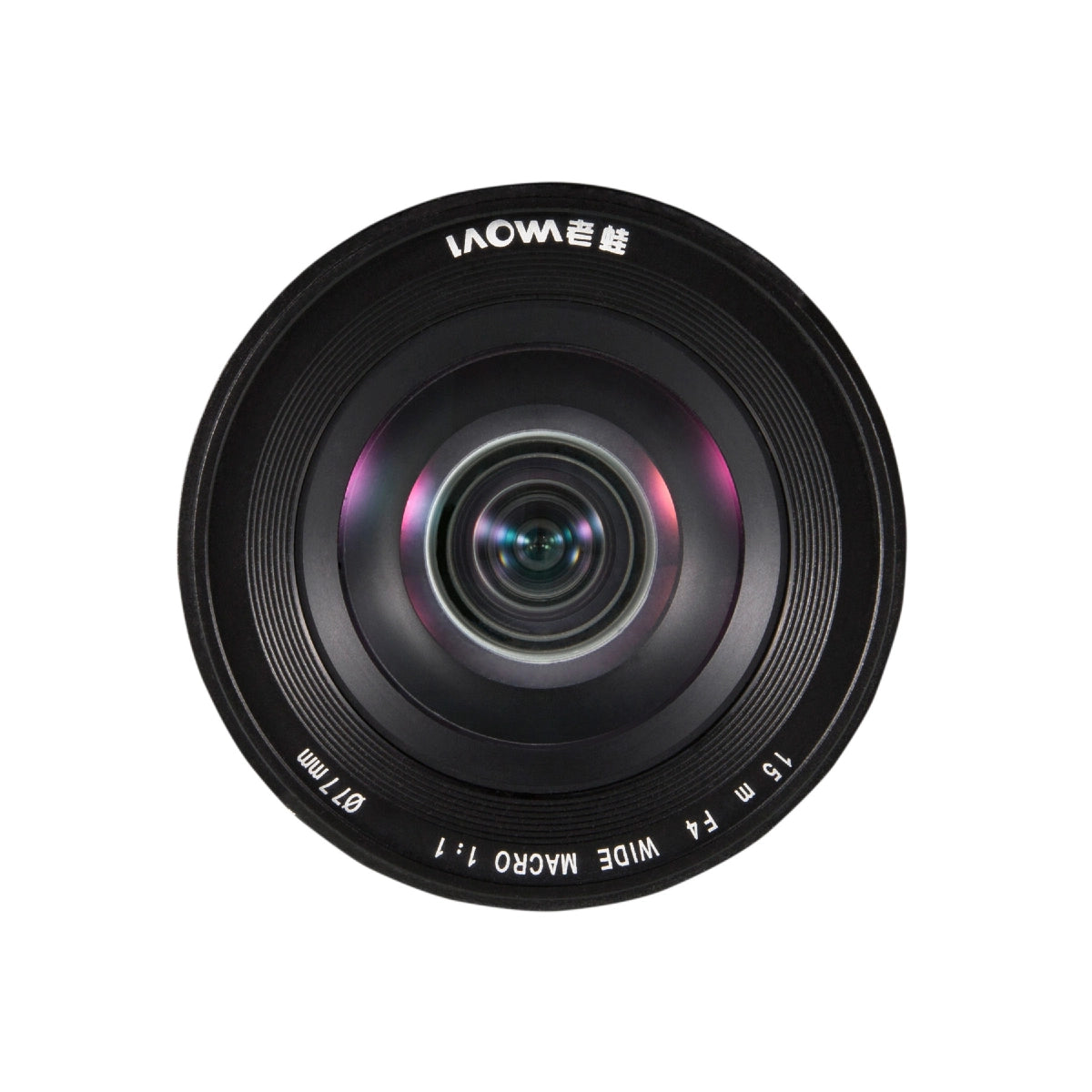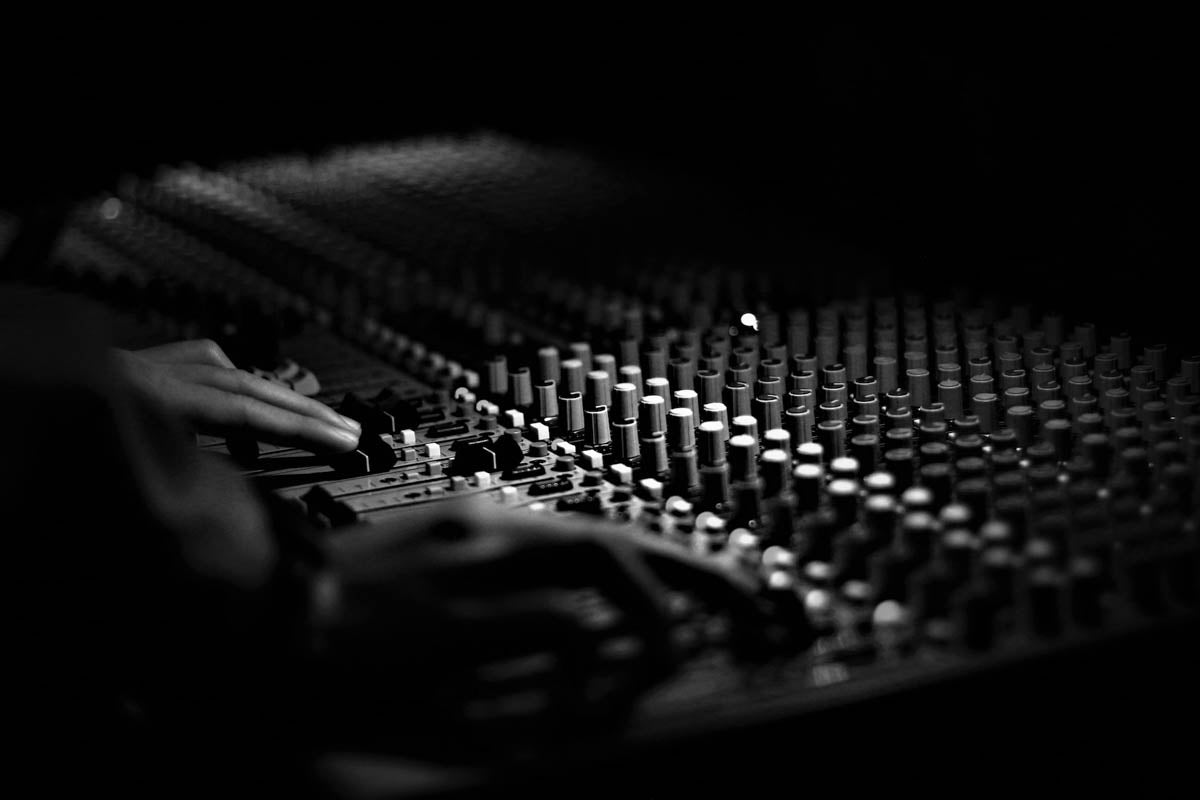Product Description
Laowa 15mm f/4 Wide Angle Macro Lens – The World’s Widest 1:1 Macro Lens
Unlock the Full Potential of Wide Angle Macro Photography
The Laowa 15mm f/4 1:1 Macro Lens is a revolutionary tool for photographers looking to capture stunning close-up details while incorporating an expansive background. Featuring an ultra-wide 110° angle of view and true 1:1 magnification, this lens allows you to get up close to your subject while still showcasing its natural habitat. Whether you're a macro enthusiast, landscape photographer, or architectural shooter, this lens provides endless creative possibilities.

A New Dimension of Macro Photography
Unlike conventional macro lenses with mid-to-long focal lengths, the Laowa 15mm f/4 lets you work at close distances without sacrificing the surrounding scene. This makes it ideal for capturing insects, flowers, and small objects in their environment, offering a fresh perspective that is rarely seen in macro photography. With a focus range from infinity to true 1:1 magnification, you can seamlessly transition between landscapes, close-ups, and everything in between.

Innovative +/-6mm Shift for Architectural & Landscape Photography
Adding even more versatility, the lens incorporates a +/-6mm shift function (when used with APS-C cameras). This is a game-changer for architectural and landscape photographers, allowing for precise distortion correction and perspective control—perfect for capturing towering buildings and expansive cityscapes with true-to-life proportions.

Uncompromising Optical Performance
The Laowa 15mm f/4 is built with 12 elements in 9 groups, including three High Refractive Index elements and one Extra-low Dispersion element, ensuring:
- Exceptional clarity & sharpness from edge to edge
- Minimal distortion, even at such a wide focal length
- Anti-reflective coatings to reduce flare and ghosting for superior contrast
With its 14-blade aperture, the lens produces beautifully soft and natural bokeh, making it an excellent choice for isolating subjects against dreamy backgrounds.

Built to Last – Rugged Metal Construction
Designed with a durable full-metal barrel, the Laowa 15mm f/4 is engineered to withstand the rigours of professional use. Whether you're shooting in extreme environments or on demanding assignments, this lens is built to deliver consistent performance.
Perfect for Multiple Photography Styles
- Macro Photography – True 1:1 magnification for capturing intricate details
- Landscape Photography – 110° wide angle for breathtaking scenery shots
- Architectural Photography – +/-6mm shift function to eliminate perspective distortion
- Travel Photography – Compact, versatile, and ultra-wide for dynamic compositions

Award-Winning Innovation
The Laowa 15mm f/4 1:1 Macro Lens has received global recognition for its groundbreaking design and optical excellence. It’s not just another lens—it’s a game-changer in the world of photography.
Ready to take your macro and wide-angle photography to the next level?
Check out the full specifications and order yours today!
Payment & Security
Your payment information is processed securely. We do not store credit card details nor have access to your credit card information.





















